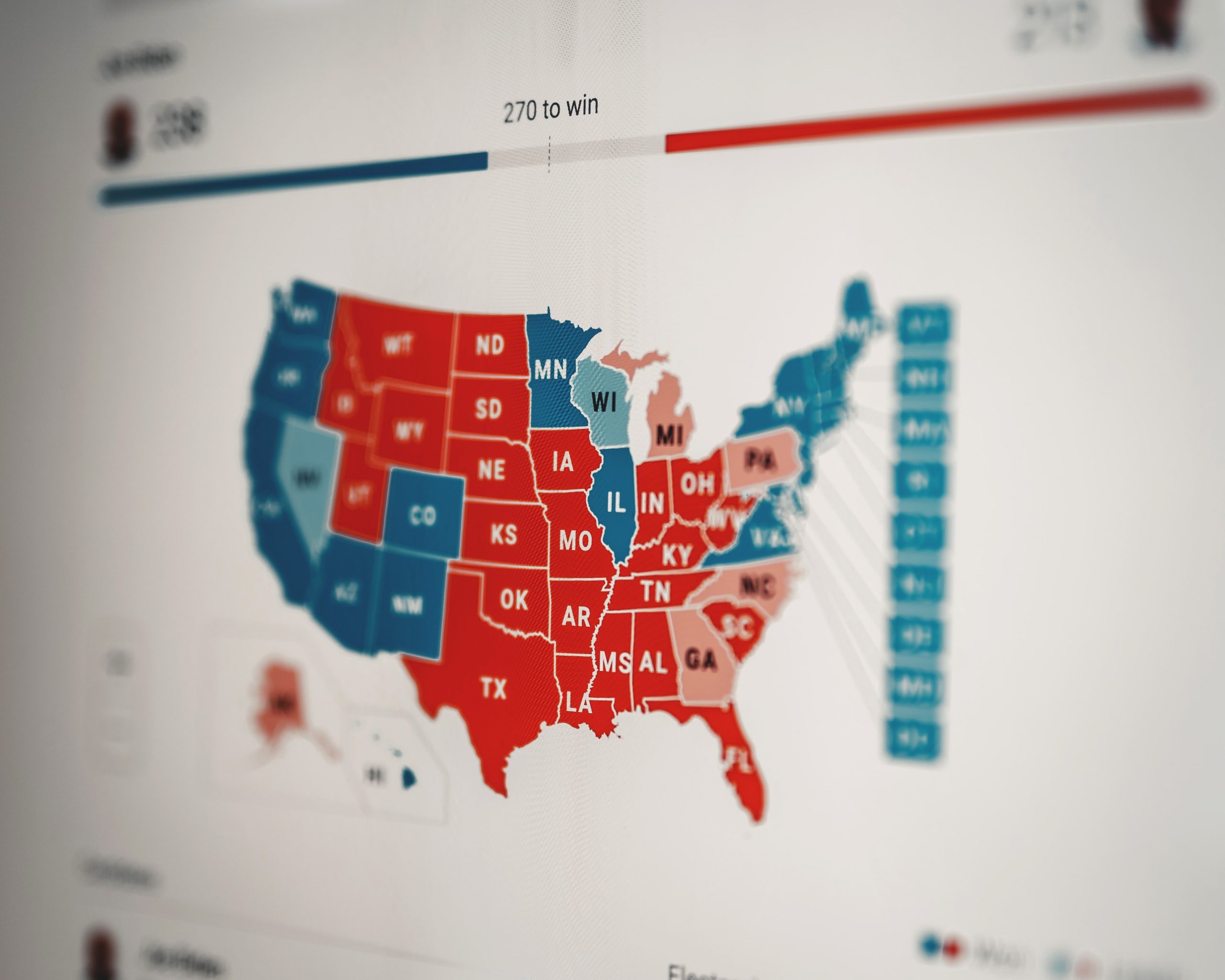
Creating an API Standard for Election Administration Systems to Strengthen U.S. Democracy
Summary
To bring nationwide access to voter tools, the Biden-Harris administration should direct the National Institute of Standards and Technology (NIST) to establish a standard application programming interface (API) for election administration systems.
Our democracy is most representative when the greatest number of Americans vote, but access is hindered by manual, form-based operations that make it difficult for citizens to register to vote or access a ballot. As Americans faced a global pandemic and an overwhelmed postal service, the 2020 election amplified the importance of digital tools for voters to register, apply for absentee ballots, and track their ballot status. It also highlighted the deficiencies in (or lack of) these capabilities from locality to locality. Further, state legislatures have begun passing sweeping voter suppression measures that further limit ballot access.
With the next federal election rapidly approaching in 2022, the time to take steps at the federal level to expand voting access is now. While proposed legislation would mandate making these functions available online, without incentives or standards, these tools would remain available only on local government websites, which suffer from discoverability and usability hurdles. Creating a standard API for election administration systems will enable civic groups and other outside organizations to create consistent, discoverable and innovative nationwide voter tools that interoperate directly with local voter rolls, resulting in a more participatory electorate and a stronger, more representative democracy.
The transition to a clean energy future and diversified sources of energy requires a fundamental shift in how we produce and consume energy across all sectors of the U.S. economy.
Advancing the U.S. leadership in emerging biotechnology is a strategic imperative, one that will shape regional development within the U.S., economic competitiveness abroad, and our national security for decades to come.
Inconsistent metrics and opaque reporting make future AI power‑demand estimates extremely uncertain, leaving grid planners in the dark and climate targets on the line
As AI becomes more capable and integrated throughout the United States economy, its growing demand for energy, water, land, and raw materials is driving significant economic and environmental costs, from increased air pollution to higher costs for ratepayers.